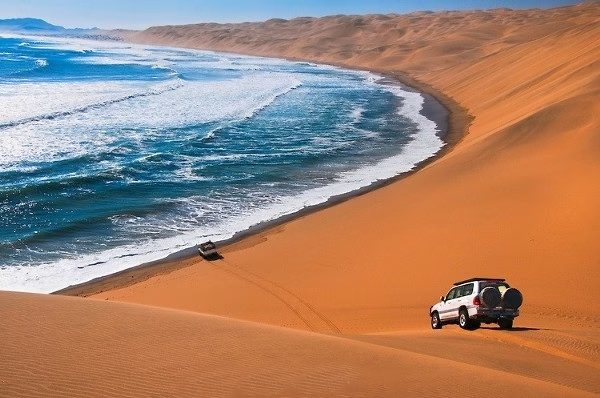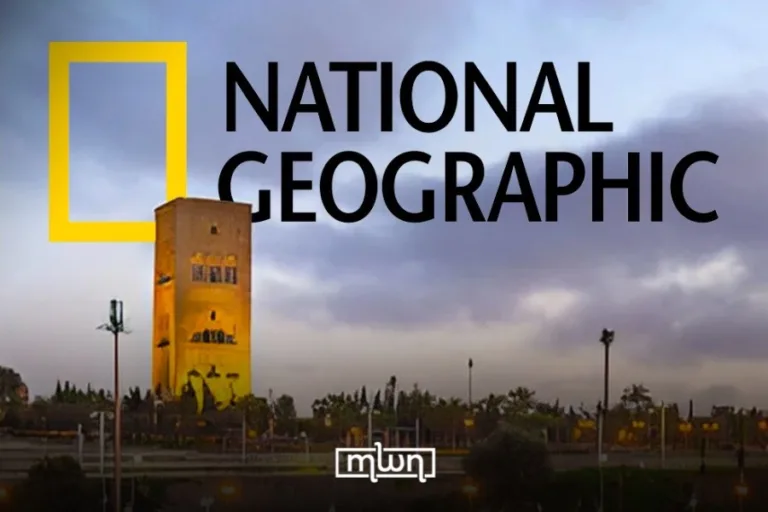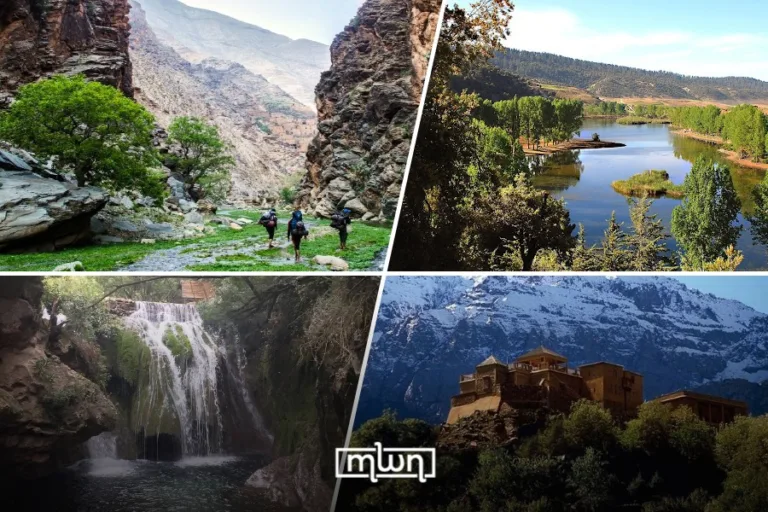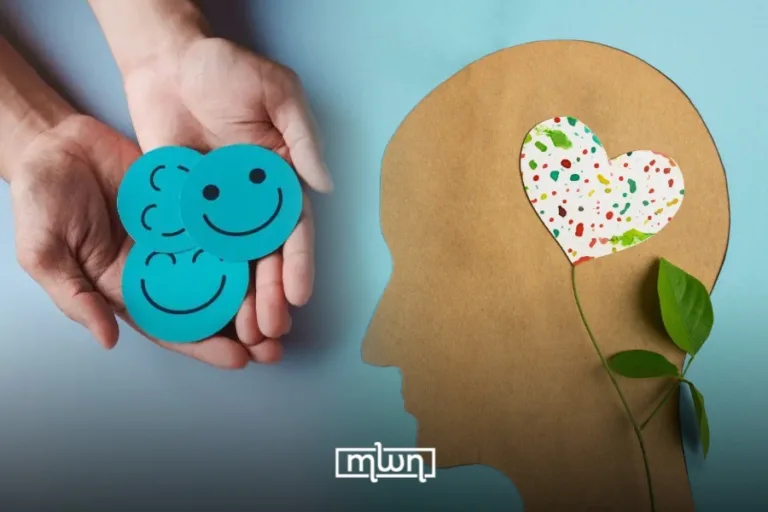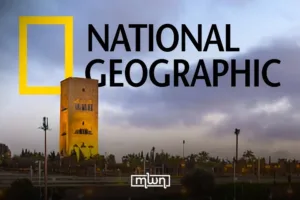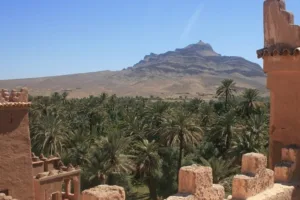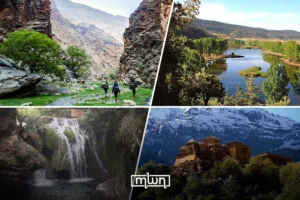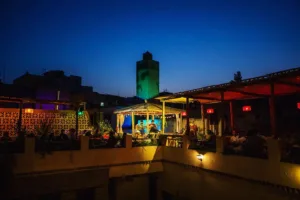Haunting and beautiful, Namibia’s Skeleton Coast is a prime example of sustainable eco-tourism in Africa.
Rabat – Namibia’s Skeleton Coast is probably the closest you can get to the end of the earth – one of those rare places where the desert meets the sea, with fog shrouded beaches and seemingly endless wilderness.
In a country already known as the emptiest in Africa, as a desert, Namibia’s coast is truly inhospitable and virtually uninhabited by people.
That’s not to say it’s empty however.
Despite the aridity of the desert environment, the Namib desert is rich in flora and fauna that has adapted to these unique and harsh conditions.
A bone-chilling name
There are a couple different ideas for how the Skeleton Coast is said to have gotten its name.
The first potential reason comes from the whale bones that littered the beaches, left-over from the historic whaling days.
Second are the skeletons of the thousands of ships that stud the coastline (some of which are still visible today) that were brought to shipwreck by the treacherous waters and thick fog that blankets the coast.
To this degree, in the 15th century Portuguese sailors came to call the coast “The Gates of Hell”.
Similarly, the San and Nama, the indigenous peoples of southwestern Africa named it “The Land God Made in Anger”, evoking the harshness of the desert environment.
The Namib desert is one of the oldest, if not the oldest desert in the world. It is projected to be between 55 to 80 million years old and receives less than 10 millimeters of rain annually.
It is able to sustain a rich biodiversity due to moisture from the fog that blankets the coast for more than 180 days a year.
Fog often forms where a desert meets a cold ocean. On the Namibian coast, hot dry winds from Africa blow west, combined with the cold Benguela current from Antarctica to form a thick fog.
The entirety of Namibia’s 1570 km coastline is a protected ecological zone, broken into four different national parks. The Skeleton Coast is further divided into North and South with different access restrictions.
An exclusive ticket
Namibia in general is a popular eco-tourism destination, considered the best example of sustainable tourism in Africa.
As the Skeleton Coast is one of the most extreme and least disturbed places on Earth, tourism is high-quality and low-impact with activities catering towards outdoor adventure lovers.
Tourists can enjoy immersion in the local culture, guided nature drives, and geological exploration with stunning photography, all with a back-drop of dramatic dunes and bright blue waters in a place that feels abstract and unique.
Swakopmund is the gateway town to the Skeleton coast, accessible by car, bus, and plane from the Walvis Bay Airport.
The southern Skeleton Coast is open to self-drivers seeking to visit the shipwrecks, fish along the coast, or camp in the wilderness – with a permit of course.
Visiting the northern portion is far more restrictive, with only around 800 tourists permitted to enter each year to preserve the delicate ecosystem and wildlife.
Adding to the exclusiveness, North Skeleton Coast is accessible only by fly-in safari with a licensed tour operator.
However, with the proper planning, visiting this ethereal desert can become your reality. Looking out at the foggy ocean framed by sand dunes, it truly does feel like you have arrived at the edge of the earth.

